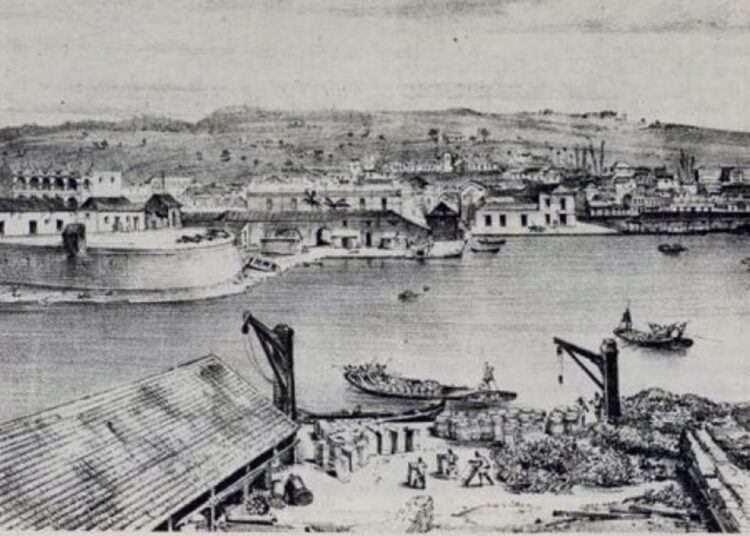Perhaps the first French who arrived on the coast of Matanzas were privateers, when only herds, corrals and ranches existed there. They arrived furtively to carry out smuggling with the landowners of the region. Alonso Suárez Toledo was one of the wealthy people who supplied the outlaws, for more than 25 years, with corn, meat, cassava, hides, tallow and honey.
Even King Carlos I knew about that illegal trade and ordered that the Suárez Toledo livestock farm, located near Matanzas Bay, be removed to another more remote area. The mandate was not fulfilled, says researcher Francisco P. Domínguez, and the name of the disobedient returned to the public spotlight on December 15, 1576, when it was discovered that the French ship El Príncipe had taken supplies on his properties.

Since it was founded in 1693 by thirty-six families from the Canary Islands, the city of Matanzas would constantly receive the European migratory flow during the colonial period. The islanders were later joined by Catalans and French. The most significant wave of the latter occurred during the stage of the Haitian revolution (1791-1804).
With experience in agriculture, they produced coffee, sugar cane and even tried planting cacao. They settled in the Matanzas jurisdiction in Canímar, Limonar, Ceiba Mocha, Camarioca and Cárdenas. History records the Laurent, Leclerc, Villére, Lajonchere, Bacot, La Tardie, La Vallet, Ebusselau, Gaunaurd, Tolón, Verrier, among others.
Related Posts La Confronta.
















